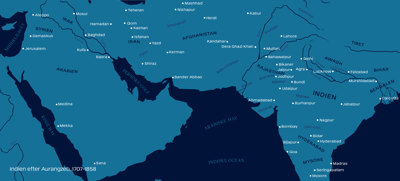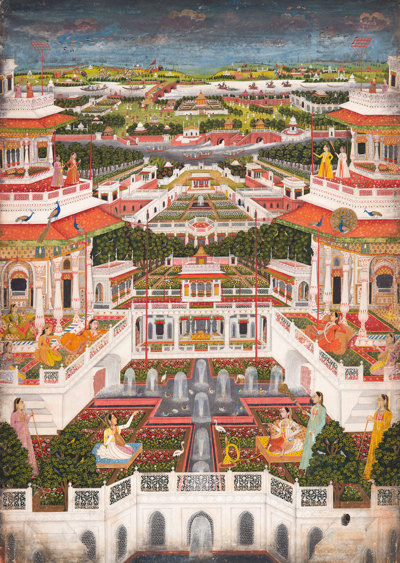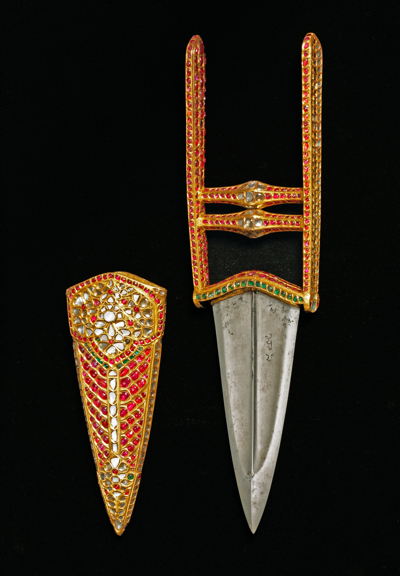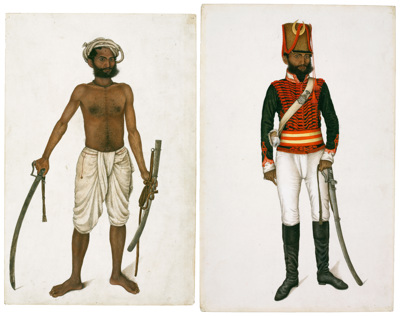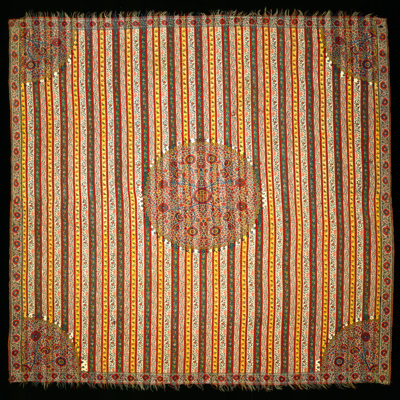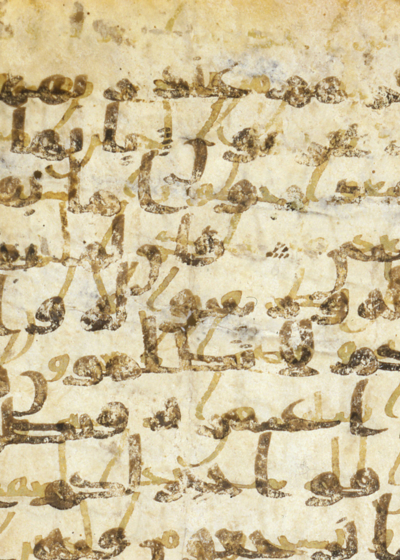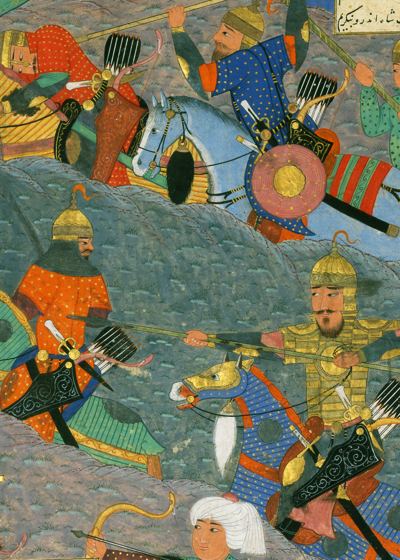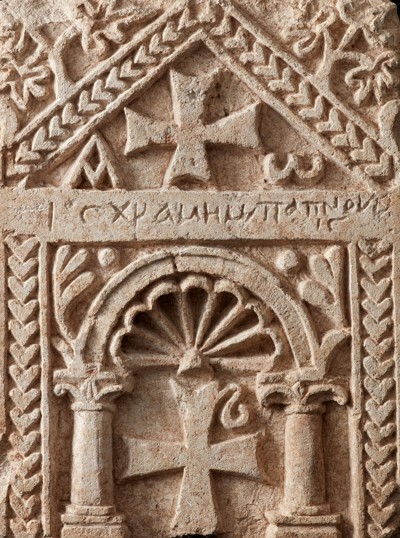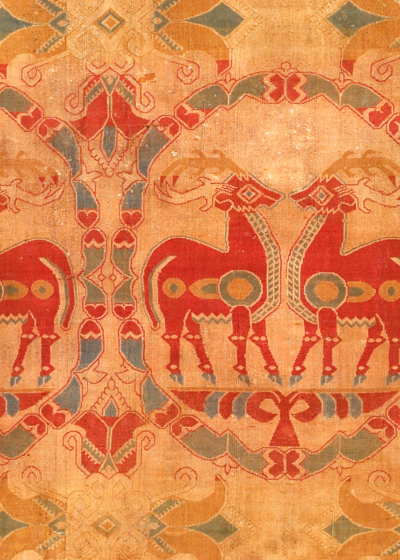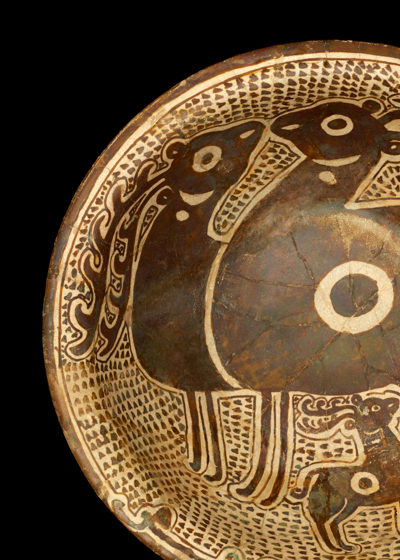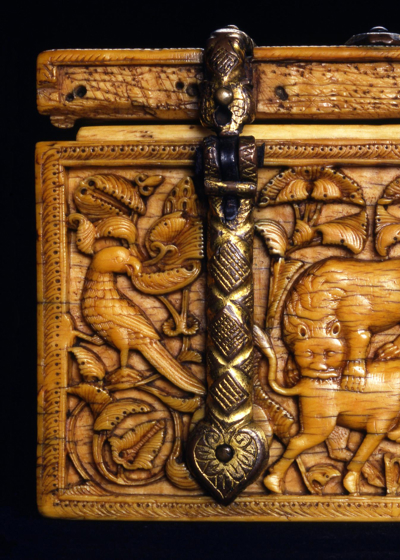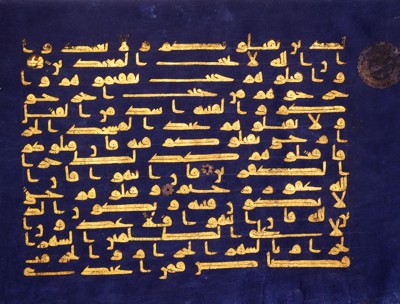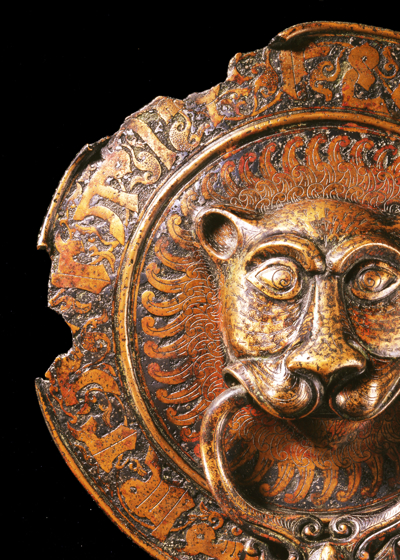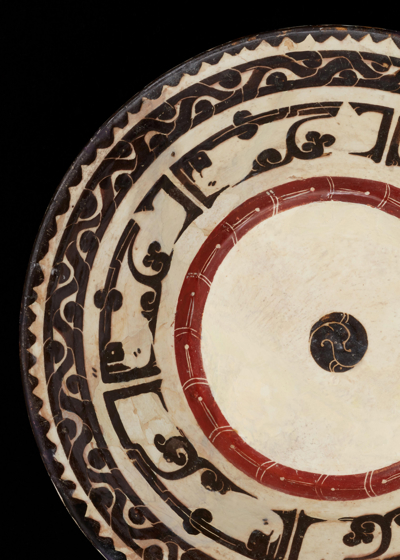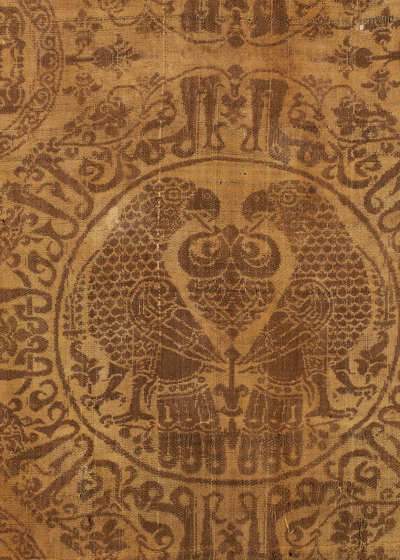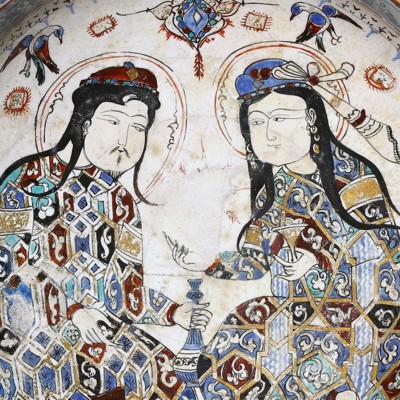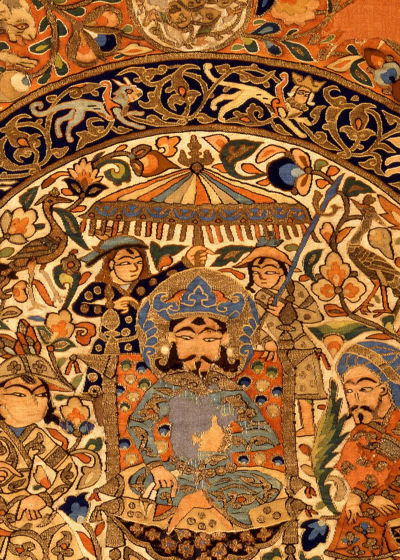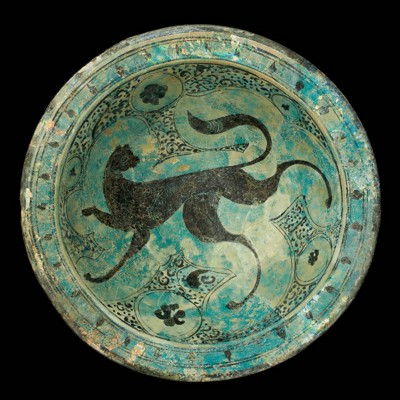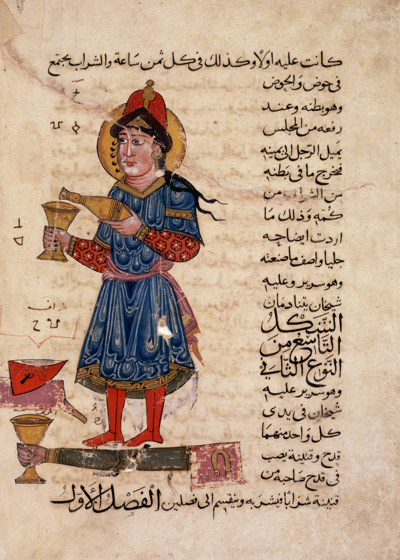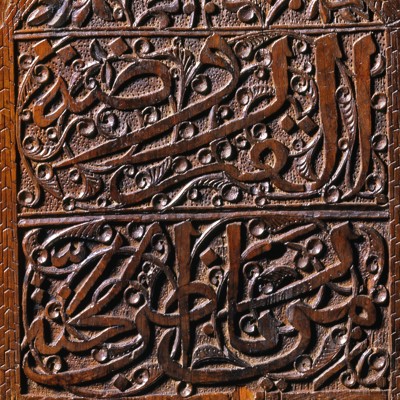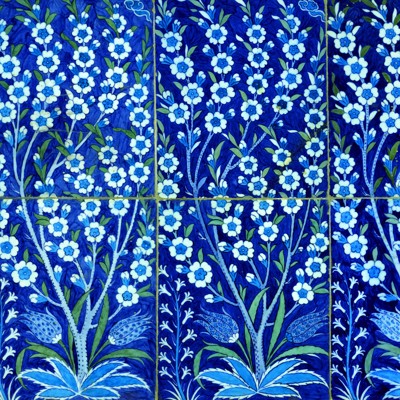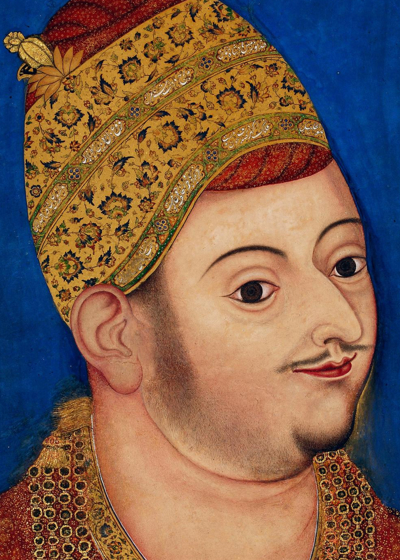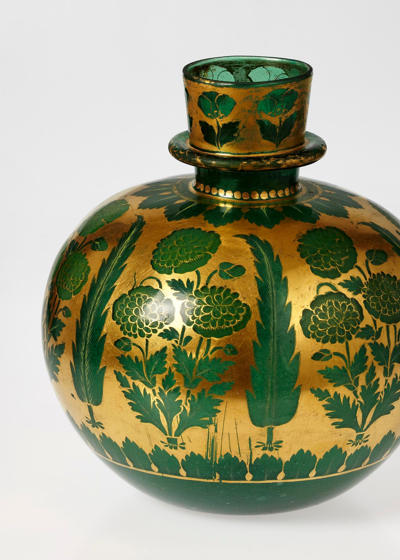Indien efter Aurangzeb
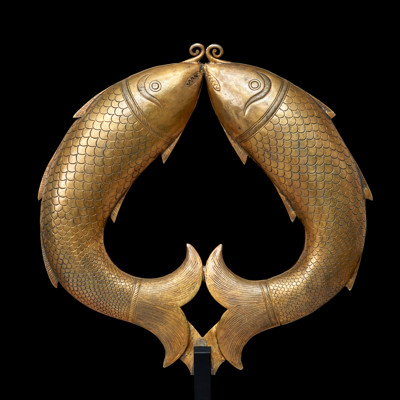
År 1707-1858
Mogulfyrsten Aurangzeb døde i 1707 og dermed afsluttedes også hans hårde politik over for hinduerne. Forskellige hindustater havde derefter under svagere mogulledere i løbet af det 18. århundrede held til at overtage en meget stor del af riget. Et alvorligt slag mod Mogulriget var desuden den persiske Nadir Shahs plyndring af Delhi i 1739. Med sig hjem til Iran bragte Nadir Shah et så stort krigsbytte fra mogulernes skatkamre, at hans persiske undersåtter fik skattefrihed i flere år derefter. Med kun få økonomiske midler til rådighed og et stærkt reduceret territorium ophørte mogulerne herefter med at være en politisk og kunstnerisk drivkraft.
Samtidig opsplittedes Mogulriget, idet bl.a. provinsguvernørerne i Bengalen og Awadh mod øst og i Deccan mod syd reelt gjorde sig selvstændige, om end de formelt set stadig anerkendte mogulernes overhøjhed. Disse muslimske stater overlevede kortvarigt, idet de var under stadigt pres både fra hindustaterne og fra Indiens nye magtfaktor, England. Denne kolonimagt var igennem det ekspanderende handelsfirma East India Company fra omkring 1800 blevet det indiske subkontinents dominerende magt, og i 1858 afsatte englænderne den sidste mogul. Det franske håb om at gøre sig gældende i Indien var derimod gået til grunde med det sydindiske rige Mysore, hvis militante muslimske leder Tipu Sultan blev dræbt af engelske styrker i 1799.
Den britiske ekspansion blev først stoppet mod nordvest ved Afghanistan efter adskillige forfejlede invasionsforsøg. Det afghanske område havde igennem den islamiske periode skiftevis delt skæbne med Iran eller Indien, men omkring midten af det 18. århundrede etablerede Ahmad Khan fra den lokale Abdali-familie et afghansk rige, der tilmed en periode kontrollerede Sindh, Baluchistan samt størsteparten af Kashmir og Punjab.
De mange kunstnere, der tidligere havde arbejdet for mogulerne, søgte under disses nedgangsperiode ud til de nye muslimske hoffer i Murshidabad, Lucknow, Faizabad og Hyderabad. I Rajasthan havde de hinduistiske hoffer været underlagt mogulerne, men den efterfølgende, kortvarige selvstændighed betød en saltvandsindsprøjtning for den lokale, kunstneriske produktion. En bemærkelsesværdig ny stil opstod, hvor mogulkunstens varierede repertoire af motiver kombineredes med andre elementer, der tilhørte lokale, ældgamle indiske traditioner. Også indflydelsen fra kolonimagten England kom efterhånden til at påvirke de indiske kunstnere, der i stigende grad overtog europæiske modeller til den kunstneriske produktion, bl.a. tilskyndet af bestillinger fra de ansatte i East India Company.
Geografi
